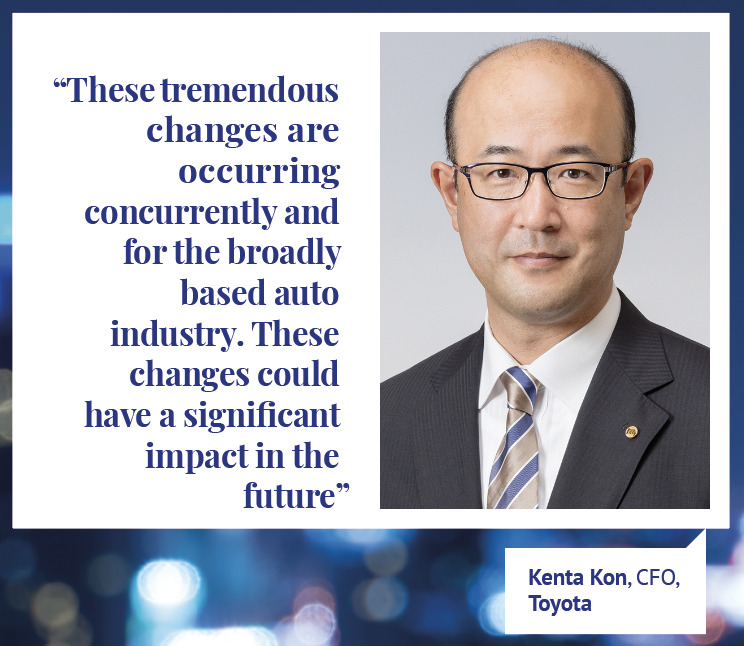Supply chain complexities have increased throughout the electronics industry, creating opportunities for distributors to help customers navigate the tortuous terrains facing them.
After nearly two years of severely constrained supply conditions, electronic manufacturers are finally reporting improvements in the delivery of some components, shortening lead times and reduced pressure on average selling prices across the industry. The situation remains fluid and uneven, though, and restoring the procurement environment to a state of balance is still months away, according to industry executives.
Clearly, conditions are still not optimal in the electronics manufacturing business, or even in the larger global economy where enterprises across multiple industries are reporting weakening sales and either freezing hiring activities or cutting the workforce.
In the electronics sector, many OEMs and electronics manufacturing services (EMS) providers are still struggling with lack of clarity about actual end-customer needs and the ability of suppliers to meet their procurement requirements. Automotive OEMs, for example, remain in a quandary, unable to source sufficient quantities of critical components like microcontrollers. As a result, automakers like Toyota Motor Corp. have been cutting vehicle forecasts for even 2023.
“We have seen a high production plan of 9.7 million units and worked hard with the suppliers and production sites in order to deliver as many cars as soon as possible to our customers who have been waiting for a long time for their cars to be delivered,” said Masahiro Yamamoto, the chief accounting officer for Toyota, during a call with analysts to discuss the company’s fiscal 2023 second quarter financial performance.
He added: “However, it’s still difficult to predict the future due to risks such as procurement of semiconductors. Therefore, we decided to revise our plan to 9.2 million units, which is down by 500,000 units from the previous forecast. We intend to continue to consider all possible countermeasures and make every effort together with our suppliers and production sites.”
All segments of the economy have been exploring innovative ways to resolve sourcing challenges like the one Toyota faced during its recent quarter but solutions have proved elusive, according to industry executives. As the procurement problem worsened in the electronics industry at the beginning of this year, it pitched OEMs against OEMs, created rifts in the relationship between chip suppliers and some of their top clients, resulted in double-ordering of components and spot hoarding, which is now showing up in higher inventory levels at distributors and semiconductor vendors.
Avnet Inc., for example, closed its fiscal 2023 first quarter ended October 1 with inventory worth $4.65 billion, up from $4.24 billion, in the preceding quarter, and 42 per cent above the year-ago level of $3.28 billion. Pricing have risen over the last year, accounting for a portion of the increase, but stocks have risen also as companies demanded greater buffer inventories and as distributors ordered more parts to meet demand.
“We are more deeply engaged with our customers and suppliers than ever before, which enables us to maintain the necessary expertise and capabilities to help them navigate today’s supply chain complexity,” said Phil Gallagher, CEO of Avnet, late in October after announcing the company’s financial results. “With the structural and organizational changes we made to our business over the last two years, we are well positioned to continue serving as control tower for our customers and suppliers. In the quarter, demand remains strong globally in key vertical segments like transportation, industrial, and aerospace and defense. And we have continued to invest in inventory to meet this demand.”
New phase
Component distributors have long been in the vanguard of helping to smoothen out wrinkles in the electronics supply chain. Adding to their traditional procurement functions, the top distributors have beefed up their supply chain management functions in recent years and actively monitor inventory levels across the industry to gain better visibility into actual requirements and production activities.
They monitor demand-supply conditions and provide just-in-time inventory management services that have helped to optimize production operations at OEMs and their contractors. The information gleaned is typically shared with customers and suppliers as well as disseminated via distribution websites to other interested parties.
In one such publication recently, Avnet shared the result of a survey conducted about engineering and procurement activities that confirmed anecdotal reports of a non-linear recovery within the industry. It painted the portrait of an industry struggling with uneven demand-supply conditions, indicative of the early phase of a downturn. The report also confirmed closer working relationships between procurement professionals and engineers, according to Avnet.
“Relationships between engineers and distributors are continuously evolving and cyclical, and right now, we are seeing an increased understanding of the value that distribution, and its associated services, can add in the midst of prolonged uncertainty,” said Peggy Carrieres, VP of sales enablement and supplier development at Avnet, in the Avnet Insight report. “Engineers and product designers who lean into distribution’s design and supply chain services will not only be prepared to succeed in the current environment, but also be well positioned to navigate any potential future disruptions the industry—and technology—may face.”
The current industry cycle is in many ways unique. It emerged from a confluence of factors, including the Covid pandemic, the tech Cold War between the United States and China, other geopolitical disturbances, including the Russia-Ukraine war and amidst weakening global economic conditions. The result is a market marked by numerous imbalances, including component shortages and rising oil prices, all of which make prognostications about the direction of the industry difficult.
The disruptions are even more challenging for companies that are trying to divine the direction of the technology manufacturing supply chain. The supply shortages the industry was grappling with is unraveling but in a highly unusual format where certain segments have completely returned to normal operating conditions while others remain stuck in an unyielding or even worsening condition.
It is a phase that is fraught with problems for components suppliers and OEMs as well as EMS providers faced with uneven supplies, rising inventories, demand opacity, and other sourcing issues. Demand, which appeared robust only a few months ago, has petered out, except in a few sectors, leaving the industry contemplating the possibility of mountainous loads of components booked at the top of the latest upcycle but that are now no longer needed at manufacturers.
The disparity in supply availability is mindboggling. Lead times have eased back completely in some markets, including for memory products. In fact, memory manufacturers have more than sufficient supplies to meet customer requirements. They are reporting excess inventories, which has in turn forced down ASPs as OEMs and EMS companies sharply pare down orders.
Toyota, for instance, remains unable to meet customer demand because of the continuing shortage of some components despite its famous JIT manufacturing system and recent efforts to work with semiconductor suppliers and others to assure supply of critical components, according to company executives who said, “it is difficult to predict the future due to rapid changes in the business environment.”
The industry must work together to resolve many of these challenges. Auto manufacturers are directly signing procurement agreements with semiconductor suppliers, working in tandem with their tier-1 partners but also collaborating with third-party service providers. Distributors are also being tapped for their expertise in supplier and inventory management by OEMs that have in the past purchased components directly from manufacturers.
This is because no single player in the production process can solve the current problems, many of which start much earlier in the manufacturing supply chain and sometimes even in the raw material procurement phase.
“These tremendous changes, including the semiconductor procurement situation and other factors, are occurring concurrently and for the broadly based auto industry, these changes could have a significant impact in the future,” said Kenta Kon, chief financial officer at Toyota. “We have been constantly discussing with suppliers without drifting away from our focus of enhancing competitiveness over medium and long term. Toyota and each and every one supplier [must] work as one to implement competitive measures to address these things.”


